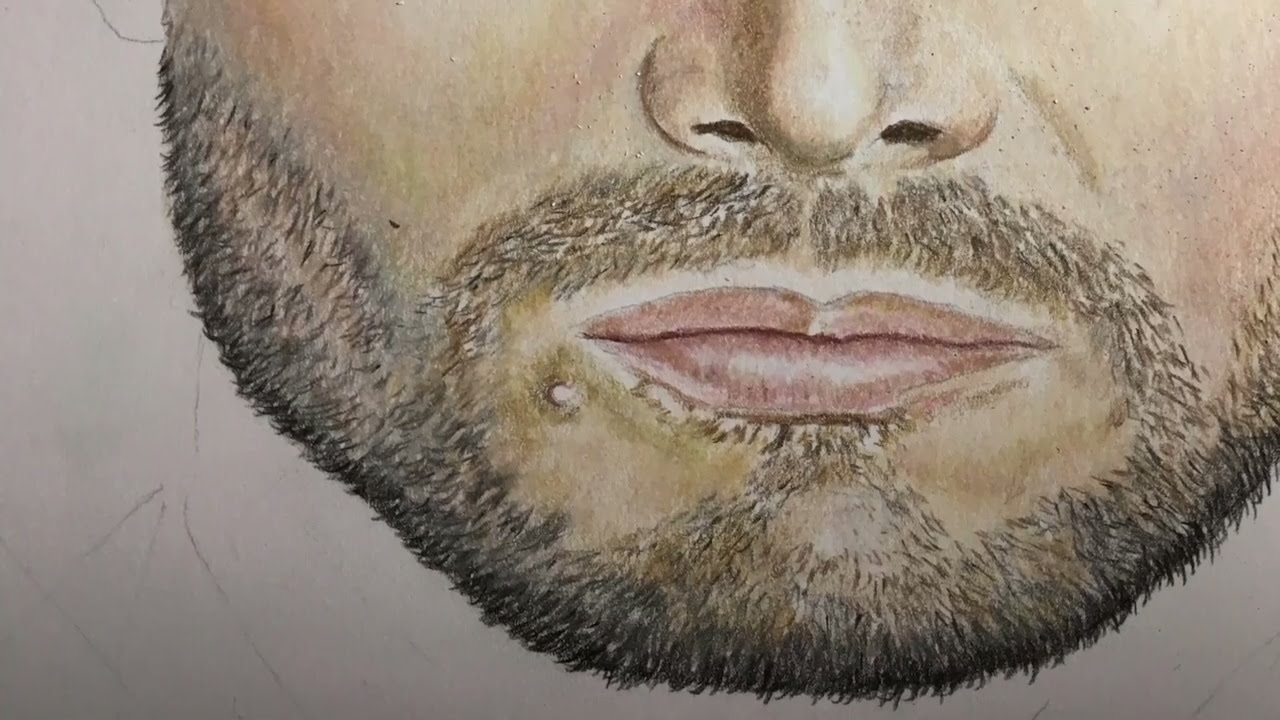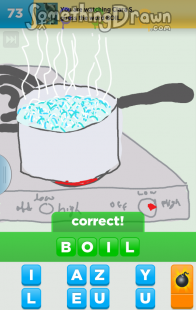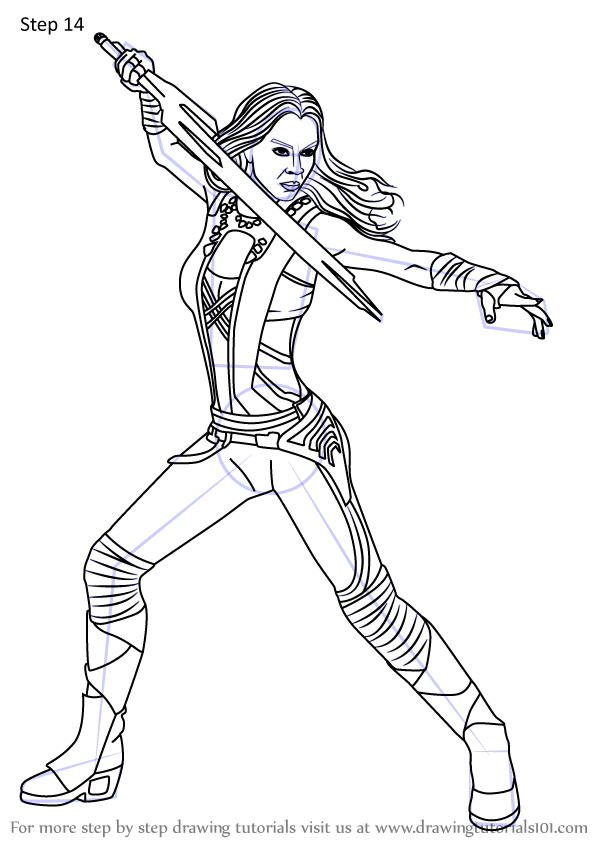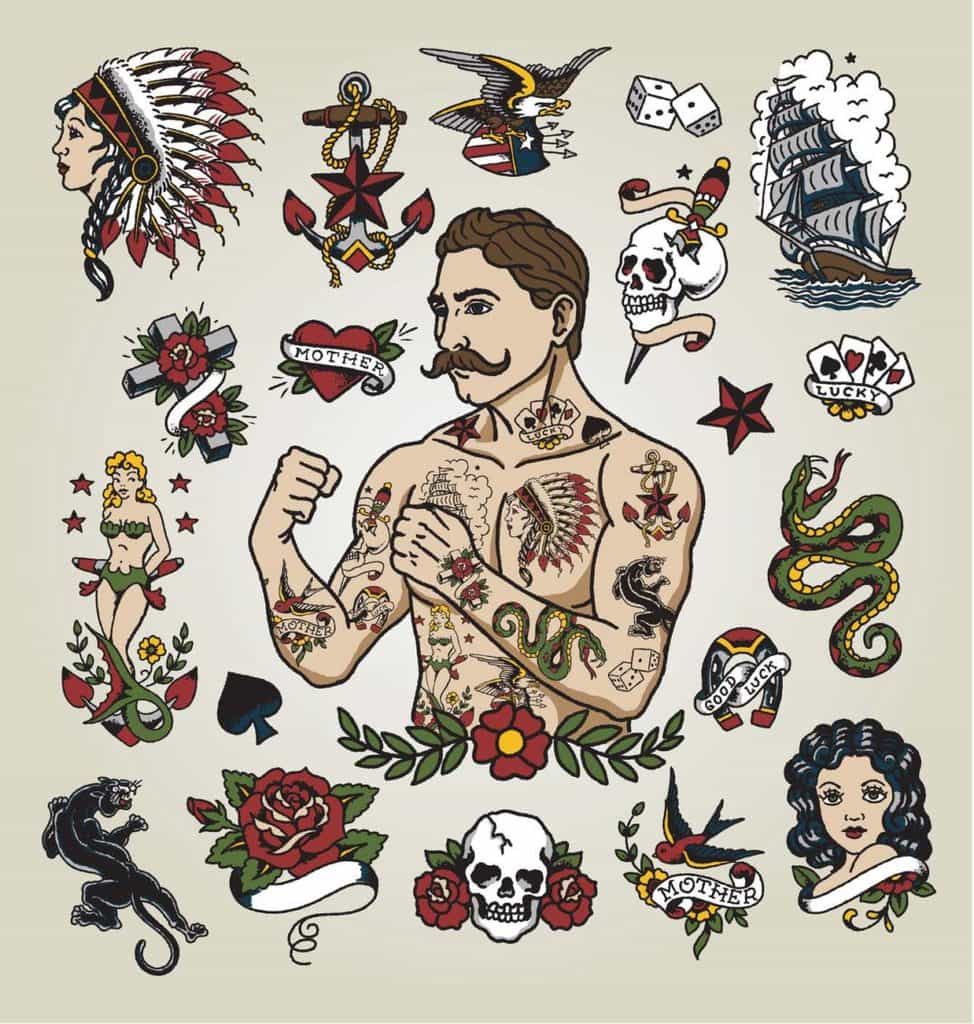Stubble drawing at getdrawings
Table of Contents
Table of Contents
If you’ve ever tried to draw stubble on a character’s face, you know how difficult it can be to get it just right. A few wrong strokes can turn your character from a rugged, handsome guy into a five o’clock shadow gone wrong. But fear not, because with a few techniques and tips, you can master the art of drawing stubble and bring depth and realism to your characters’ faces.
Pain Points of Drawing Stubble
One of the biggest pain points of drawing stubble is getting the right amount of texture and shading. Too much, and your character may look too old or weathered; too little, and you may lose the desired roughness and masculinity. Another challenge is creating stubble that fits the overall style and mood of your character and the art piece. For instance, while softer, more subtle stubble may suit a romantic or dreamy drawing, bolder and thicker stubble may be more fitting for an action-packed scene with a rugged hero.
How to Draw Stubble: Techniques and Tips
To draw realistic-looking stubble, you need to start with a clean and precise line drawing of your character’s face. From there, you can choose the appropriate amount and thickness of stubble based on the character’s age, personality, and style. Next, add a few rough and uneven circles and curves around the jawline and chin, using a 2B or 3B pencil. Then blend the pencil strokes with a blending stump, moving from the edges toward the center of the circles. Adding some lines and dots of darker shade over the blended stubble can add depth and texture to your drawing. You can also use an eraser to create highlights and contrast in certain areas of the stubble, such as the top of the chin or the jawline connecting to the ear.
 Finding Your Own Style of Drawing Stubble
Finding Your Own Style of Drawing Stubble
One way to make your stubble drawing unique is to experiment with different pencil types, such as charcoal or graphite, or different textures, such as cross-hatching or stippling. You can also observe different styles and techniques used by other artists and add your own twist to them. For example, you can try drawing your stubble in a more abstract form, with strong outlines and minimal shading, or you can create a more detailed and realistic look by studying the way light and shadow interact with different lengths and thicknesses of stubble.
 ### Using References for Drawing Stubble
### Using References for Drawing Stubble
To improve your stubble drawing skills, it’s useful to have some references on hand. You can study photographs or images of real-life people or characters who have the kind of stubble you want to portray. Make sure to pay attention to details such as the direction and angle of the stubble, the color and shading, and the placement and density. You can also watch tutorial videos or read articles from other artists who share their tips and techniques for drawing stubble.
 #### Practice and Patience for Drawing Stubble
#### Practice and Patience for Drawing Stubble
Like any art form, drawing stubble takes practice and patience to perfect. Don’t be discouraged if your first few attempts don’t turn out the way you want them to. Keep trying different techniques and styles, and don’t be afraid to make mistakes. Remember that every mistake is an opportunity to learn and improve. As you practice, you’ll start to notice a natural flow and rhythm in your stubble drawing, and you’ll be able to add your own creativity and flair to each drawing.
 Question and Answer
Question and Answer
Q. What is the best pencil to use for drawing stubble?
A. It depends on the desired effect and style of your drawing, but generally, a 2B or 3B pencil works well for creating realistic-looking stubble with depth and texture.
Q. How do I make my stubble look more natural?
A. One way to make your stubble look more natural is to vary the thickness, length, and direction of the strokes. You can also add lighter and darker shades to create a more natural-looking gradient and depth.
Q. Can I use a digital tool to draw stubble?
A. Yes, most digital drawing softwares have brushes and tools that simulate stubble texture and shading. You can also import real-life stubble images and trace over them or use them as a reference.
Q. How do I make my stubble drawing more unique?
A. Experiment with different techniques, styles, and textures, such as cross-hatching, stippling, or using a different pencil type. You can also add your own twist to existing techniques or create a more abstract or stylized form of stubble.
Conclusion of How to Draw Stubble
Drawing stubble can be a challenging but rewarding experience, and with the right techniques, tips, and references, you can add depth and realism to your characters’ faces. Keep practicing, experimenting, and exploring new ways to draw stubble, and you’ll soon be able to create your own unique and beautiful art pieces with precision and creativity.
Gallery
Stubble Drawing At GetDrawings | Free Download

Photo Credit by: bing.com / draw stubble drawing facial colored pencil beard hair getdrawings beards
Stubble Drawing At GetDrawings | Free Download

Photo Credit by: bing.com / stubble getdrawings drawing
How To Draw Stubble In 11 Steps | Beard Drawing, Charcoal Sketch, Lips

Photo Credit by: bing.com / stubble rapidfireart
Stubble Drawing At GetDrawings | Free Download

Photo Credit by: bing.com / stubble drawing getdrawings
How To Draw A Cartoon Man With Beard / I Love The Idea Of Cartoonists

Photo Credit by: bing.com / beard stubble cartoonists





